Packing is an art form that can make or break your trip. It is also a skill you can learn and with the right tools and techniques, you’ll never have to worry about lost luggage, cumbersome bags, or over-packing again. I work as a mountain guide, spending up to three weeks straight in the backcountry with everything I need in my backpack. I begin each trip with guests sharing my packing tips and teaching them how to minimize and efficiently fit everything in.
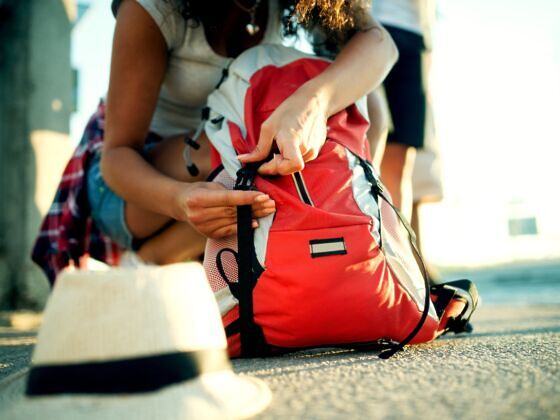

How to Travel With a Carry-On Only, According to a Professional Packer
The same principles I apply to backcountry gear also apply to packing for travel. This spring, I spent several months backpacking in Peru, the UK, and the US. By following my sure-fire tips, I packed everything I needed in a carry-on. Here’s how I did it.
We hope you love the carry-on packing tips and products we recommend! Just so you know, Matador may collect a small commission from the links on this page if you decide to purchase.
Pack only the essentials
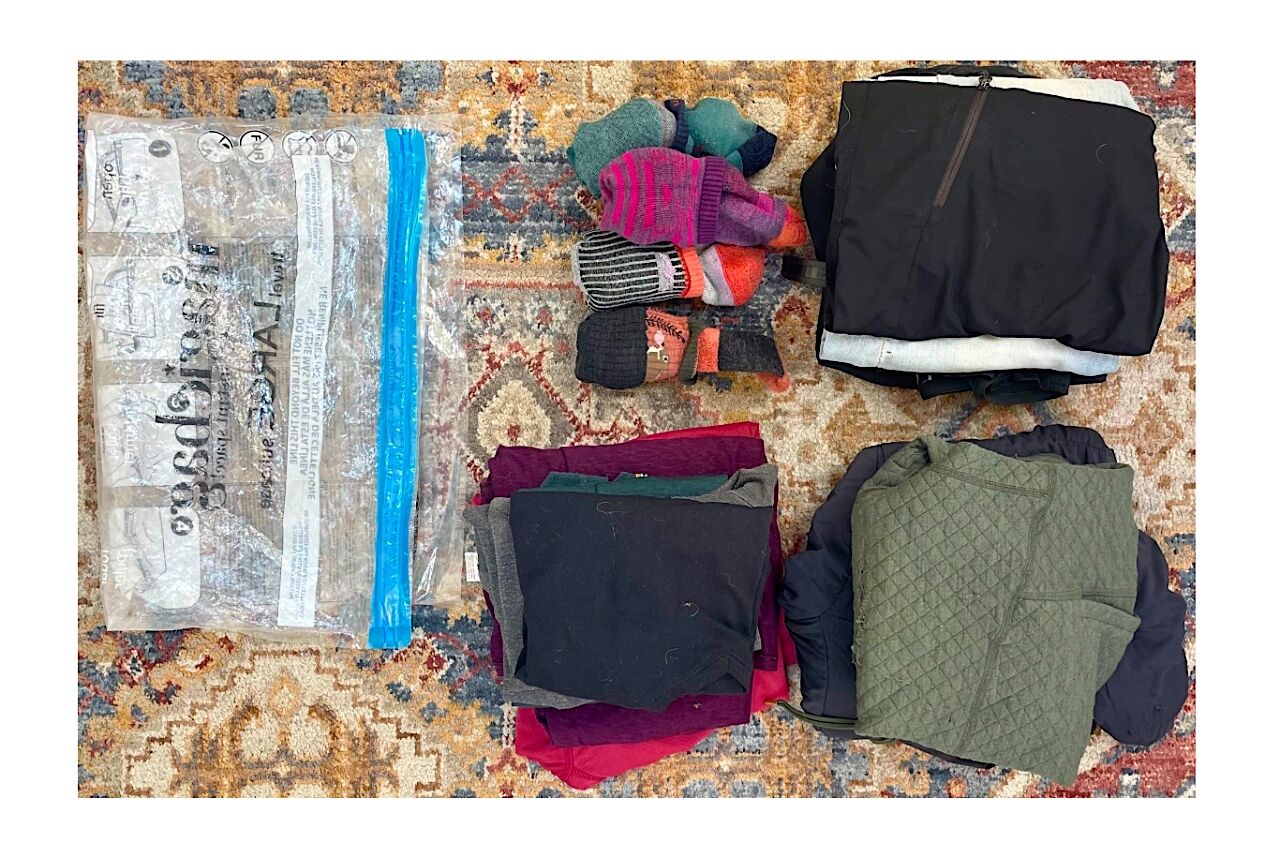
Photo: Chelsey Cook
Keep your packing list minimalist and multi-functional. The easiest way to cut down on what you’re bringing is to take a hard look at your clothing. Remember that if you don’t wear it at home, you won’t wear it traveling, and you only need to pack for a week — just a week. On longer trips, you can do laundry.
Start by building out a capsule wardrobe. Pick outfits that can be easily mixed and matched, dressed up and dressed down. Choose neutral colors like black and gray, and fabrics that won’t wrinkle or smell, like merino wool or synthetics. Trade out bulky pieces like jeans and heavy jackets for more packable choices, like hiking pants and down jackets. Your key items are ones that can pull double or even triple-duty; a pair of athletic shorts can be pajamas, workout wear, and swimsuit bottoms.
Shoes also take up an enormous amount of room in luggage, so bring a versatile pair.
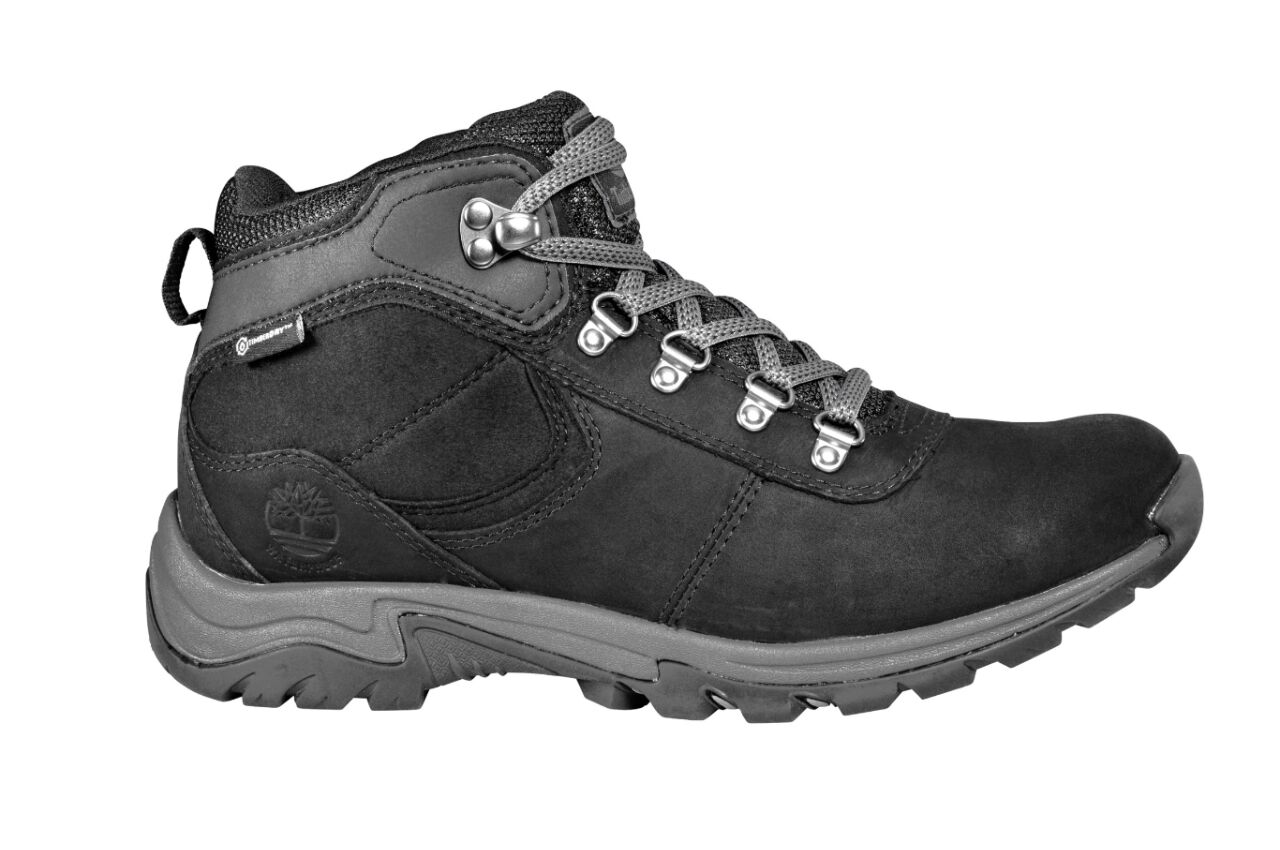
Photo: REI
Buy Now
I love these Timberland boots; not only are they comfortable for walking around the city, they’re also waterproof and can double as hiking shoes.
As for the rest, stick with minimal and refillable travel-size toiletries (you can always restock on the road) and only as many gadgets as you need.
The right tools for the job
Now that you’ve downsized what you’re bringing, it’s time to dig into my carry-on packing tips and decide what luggage you’ll use to pack. Lost luggage can add an enormous amount of stress to any trip, so I always fly with only carry-on. With your downsized packing list, you should be able to fit everything you need without checking a bag. Most airlines allow you to take one carry-on and one personal item for free. Some budget airlines, such as Spirit and Frontier, have started charging for the overhead carry-on, so check before booking your flight.
Think carefully about your carry-on luggage
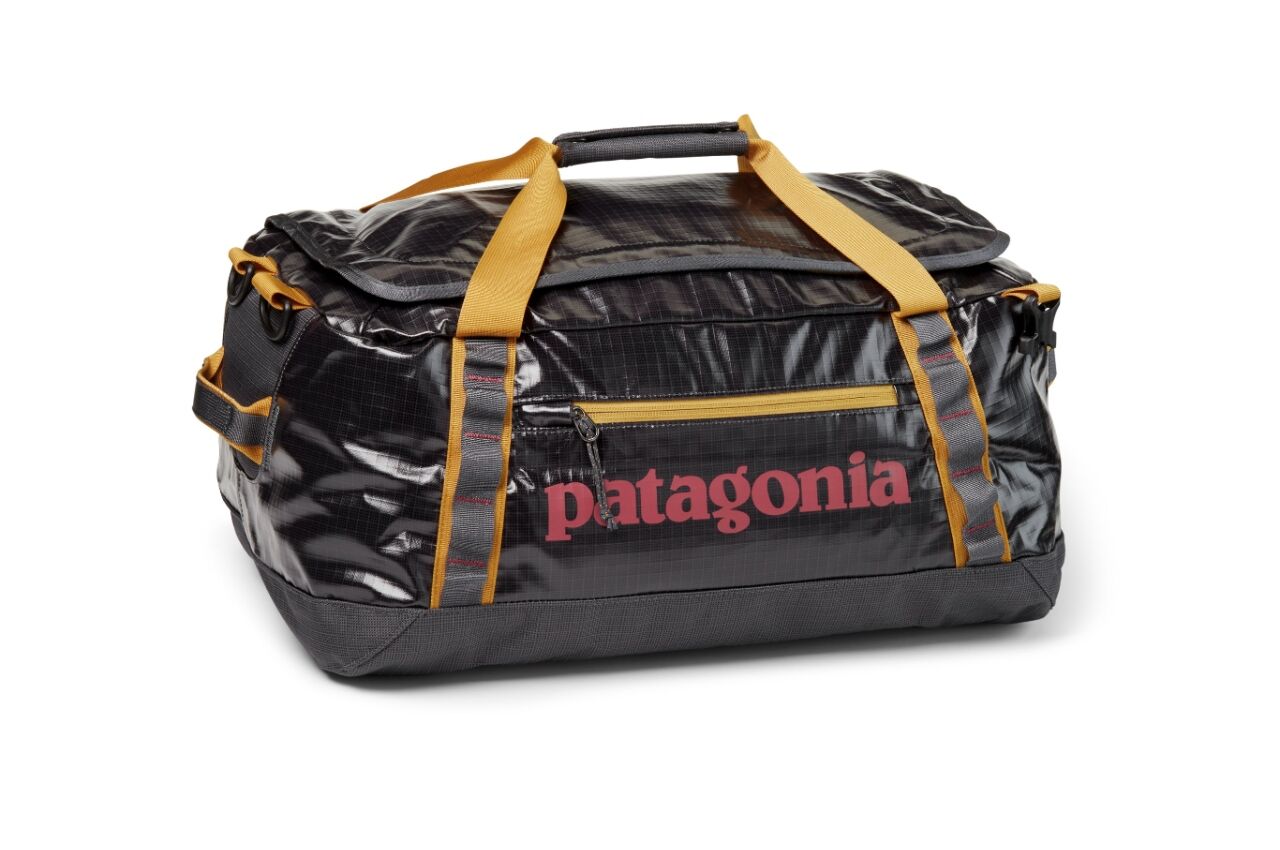
Photo: REI
Buy Now
I swear by the Patagonia Hole® Duffel for my carry-on bag. When they say black hole, they mean it. The 40-liter size fits well in overhead storage and packs like a far larger bag, thanks to its rectangular design and beefy zippers. Even when I think the duffel has reached max capacity, I’m always able to stuff more in one of the corners, making it the perfect bag for everything from a weekend getaway to a round-the-world trip.
I prefer the standard version of the Black Hole® Duffel, which comes with straps that turn the bag into a comfortable backpack. Patagonia also offers a wheeled version that can be a great option if your travels don’t include stairs or cobble-stoned streets. The fabric itself is durable, water repellent, made from recycled materials, and despite dragging mine all over the world for three years, it doesn’t show any wear. The duffel also stuffs down into its own external side pocket, making it easy to store when not in use.
Also upgrade your personal item bag
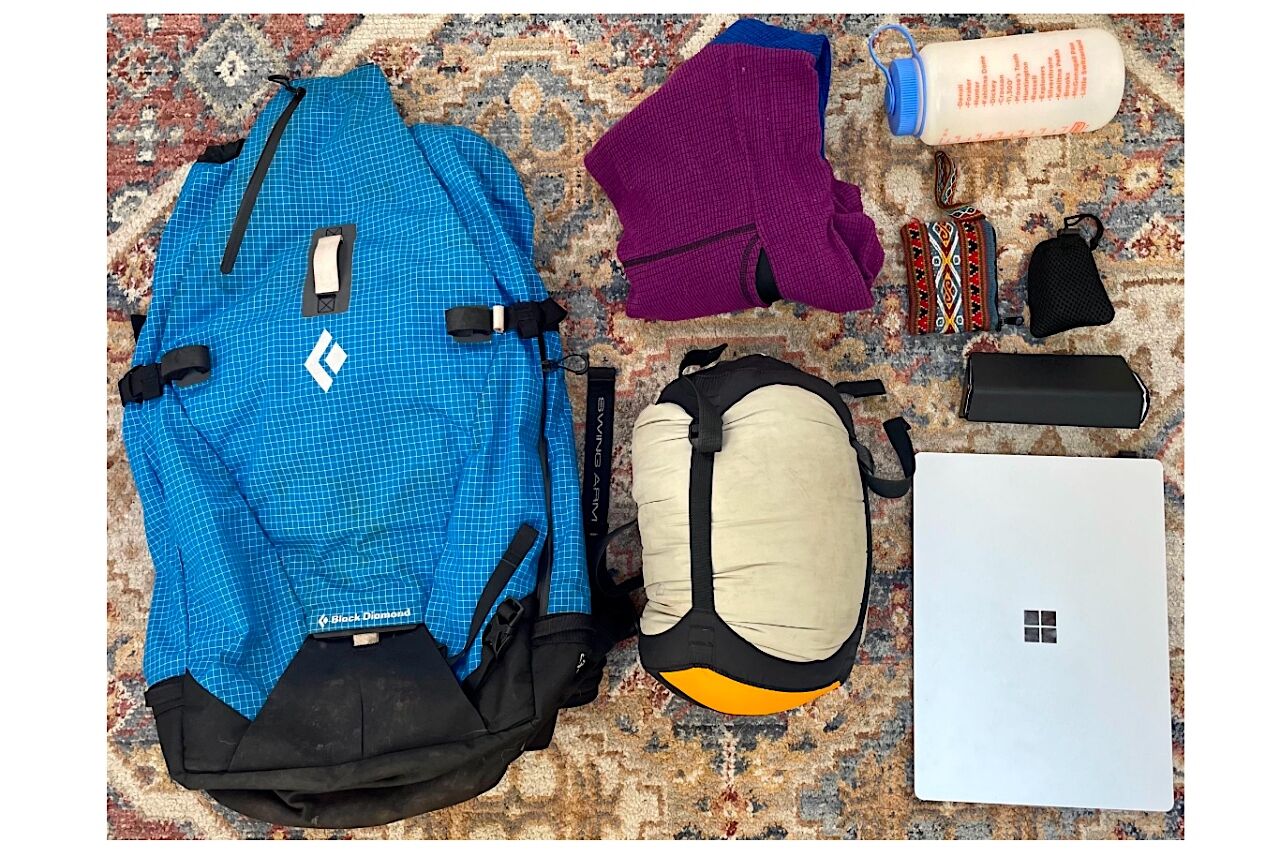
Photo: Chelsey Cook
The same carry-on packing tips apply to organizing your personal item bag.
Leg length will somewhat dictate the size of your personal item and what you’re willing to put up with under your feet during a long flight. I can comfortably fit a 35-liter backpack under the seat without the flight attendants giving me too much side-eye.
If your travels include hiking or long days, make sure your personal item can double as a day-pack. I enjoy using the Black Diamond Cirque 35-liter backpack for my personal item, but there are plenty of options out there. The key is to look for a bag that has a large, open design. While gadgets, extra pockets, and compartments are nice, they take up valuable packing space. A small stash pocket or two is enough to keep your passport and wallet easily accessible.
Organization tools
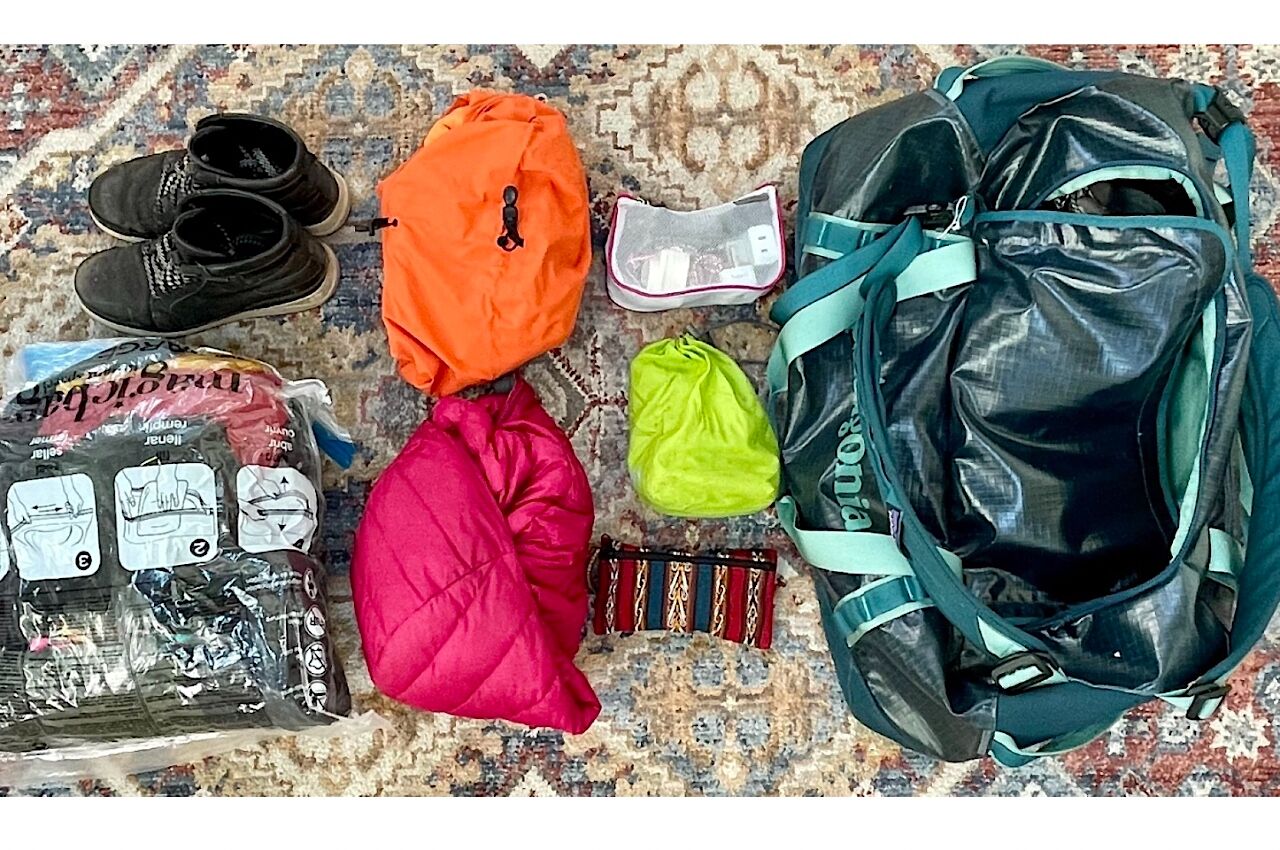
Photo: Chelsey Cook
Because both your carry-on and personal item operate more like stuff sacks than anything else, you may want some added organization while you’re packing.
Packing cubes are a superb choice to keep your socks from your shirts, both in your bag and at your destination, and there are also lightweight options if weight is a concern. I love using compression bags; they are essentially vacuum-sealed bags that don’t require a pump or vacuum, so you can easily reuse them while traveling. They’re perfect for bulky clothing, like jackets and jeans, and compact your clothes into manageable rolls. I also bring a handful of plastic baggies in different sizes, which can be used for everything from wet clothes to swiping danishes from the continental breakfast.
How to pack a carry-on
Once you have everything laid out, choose a few of the bulkiest items to go into your main bag, laying them along the base of the duffel. If you’re packing an extra set of shoes, fill up their insides with socks before packing them. Then, pick some more squishable items such as sweaters and pants, and pack them in around the bulky items, being sure to squeeze any arms or legs into the nooks and crannies. (This is where you’ll be glad you’re bringing wrinkle-resistant clothes.) Keep alternating between bulky and soft items until you’ve packed the duffel into what is basically a solid block.